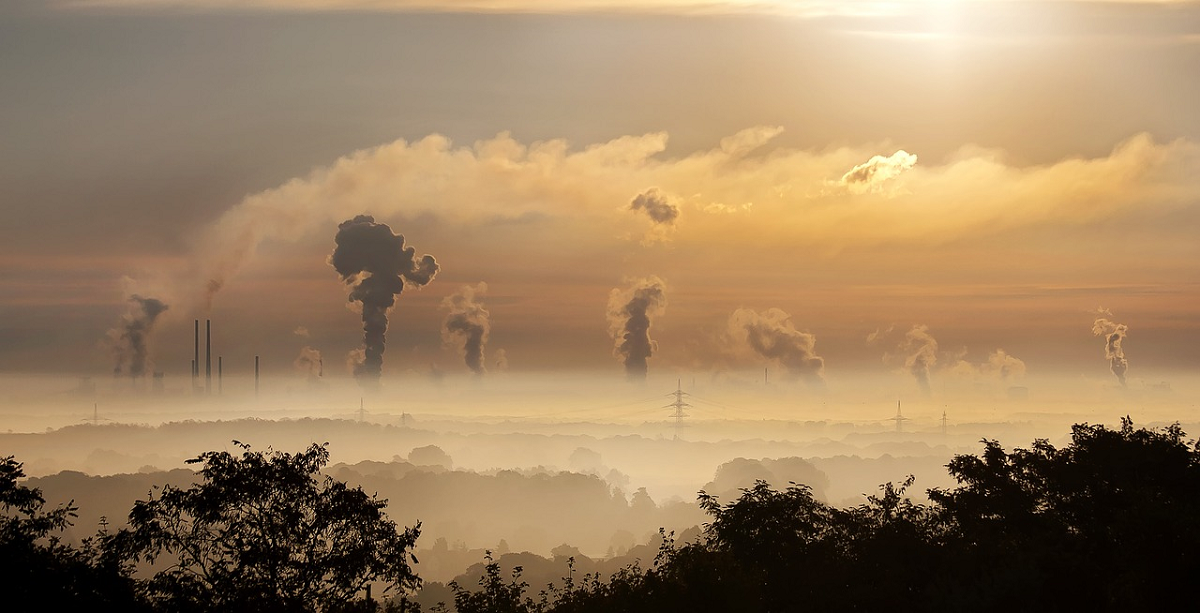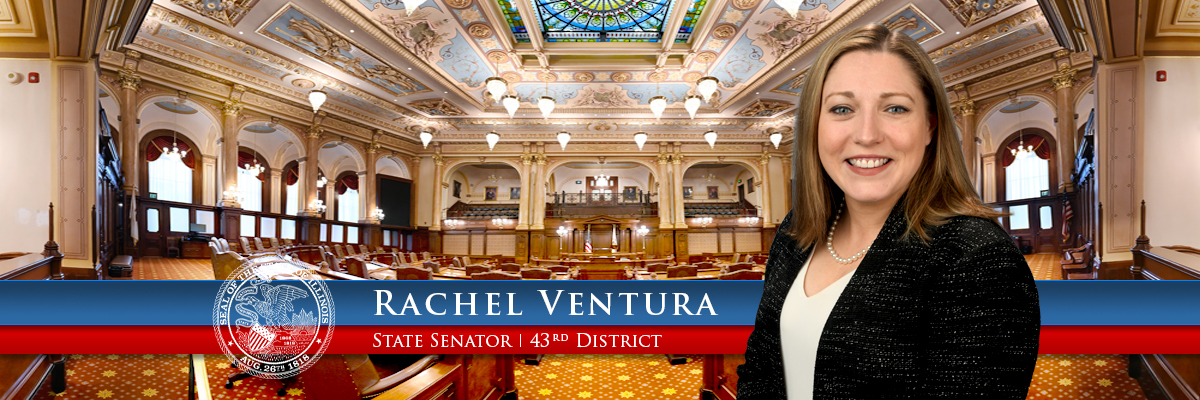- Details
In environmental news, in an article published by Grist, they highlighted the need to address the state's coal ash pollution to stop the invasive Asian carp from entering the world's largest freshwater ecosystem — Lake Michigan.
This article points out the need to prevent an ecological disaster from reaching Lake Michigan. Now more than ever we need to increase our environmental efforts on a statewide level to address coal ash including barricades like the Brandon Road Interbasin Project.
As mentioned in the article: "The longer the state waits to secure and clean up the site, the longer the carp have an opportunity to infiltrate Lake Michigan and the waterways beyond".
Read the full article here.
- Details
From the Illinois Environmental Protection Agency:
PUBLIC HEALTH NOTICE:
One or more Per- and Polyfluoroalkyl Substances (PFAS) have been detected in the finished water in local locations' public water supply at levels exceeding 35 Illinois Administrative Code Part 620 Class I (potable) groundwater quality standards.
The Community Water Supplies (CWS) in or near District 43 that received thenotification below include the following:
- Channahon
- Crest Hill
- Stateville Correctional Center – connected to Crest Hill, the CWS tested
- Criswell Court Mobile Home Park
What are PFAS?
PFAS are synthetic chemicals manufactured for their oil- and water-resistant properties. PFAS use is widespread. PFAS have been used in industrial processes since the 1940s and are in many everyday consumer products (food packaging, non-stick cookware, carpet, upholstery, clothing, and cosmetics).
How does PFAS enter the environment?
PFAS can enter the environment, including groundwater, through various pathways, including spills, leaks, and the disposal of products containing PFAS, as well as through industrial processes and waste-water treatment plants. Current scientific literature indicates that people are most exposed to PFAS by ingesting contaminated food and water. PFAS does not have any taste, color, or odor in drinking water.
How does PFAS impact human health?
PFAS can build up in the human body over time. According to the U.S. EPA, current peer-reviewed scientific studies have identified adverse health effects from exposure to PFAS that may include:
- Reproductive effects such as decreased fertility and high blood pressure in pregnant women;
- Developmental effects in children such a low birth weight;
- Increased risks of developing certain types of cancer including prostrate, kidney, and testicular cancers;
- Reduced ability of the body’s immune system to fight infections including reduced vaccine response;
- Interference with the body’s natural hormones; increased risk of thyroid disease; and
- Increased cholesterol levels and/or risk of obesity.
Exposure to PFAS does not necessarily mean that a person will experience any adverse health effects. The possible health effects from PFAS depend on numerous factors, including how much a person is exposed, so it is important to minimize PFAS exposure.
What can be done to address PFAS exposure?
PFAS can be removed from drinking water with in-home treatment technologies, such as carbon filtration and reverse osmosis. Carbon filters can be installed at the point-of-use, such as your kitchen faucet or refrigerator, or the point-of-entry to your home. Carbon filters are also available with filtered water pitchers. Likewise, reverse osmosis systems can be installed under your kitchen sink to treat water primarily used for drinking or cooking. In-home treatment may not always reduce PFAS below levels of concern, as the effectiveness of treatment is largely based on the amount of PFAS contamination and continued maintenance of the treatment system.
Are Public Water Supplies required to address PFAS?
Yes. Federal law requires that all public water supply systems take action to meet PFAS drinking water standards by April 26, 2029.
Where can I obtain additional information about PFAS?
Further PFAS resources, including additional information on health effects and ways to reduce exposure, is available on the Illinois EPA PFAS webpage here.
Confirmed sampling results for your Public Water Supply System are available on the Illinois EPA Drinking Water Watch system here and on the U.S. EPA website here. If you have questions or would like more information about your water quality, please contact your water provider.
- Details
Originally published on Grist on Oct. 21, 2024, read more about the first commerical carbon sequestion leak in Illinois here.
- Details

Thank you for visiting my website. As the state senator for the 43rd District, I have continuously worked on legislation that directly affects our communities. Many environmental issues concern our area including coal ash, carbon capture, and more which led me to compile my key thoughts on a few of these topics, read on to learn more.
Carbon capture and storage (CCS) involves capturing carbon dioxide emissions from industrial facilities and fossil fuel-powered plants, directing them to storage locations to prevent their release into the atmosphere and mitigate global warming. Despite being touted as a solution to the climate crisis, CCS carries serious risks. It has been shown to be ineffective in significantly reducing carbon emissions and currently lacks sufficient federal performance standards to guarantee its effectiveness. Plus, CCS extends the operational life of heavily polluting facilities and disproportionately impacts environmental justice communities already facing elevated risks. If a pipe was to crack or leak, a deadly reaction could occur.
This video shows a CO2 pipeline rupture. As the gas forcefully escapes, it is able to extend beyond the visible white plume. When CO2 is released into the atmosphere, the consequences are dire. As it displaces oxygen, it leads to potentially deadly symptoms such as coughing, dizziness, cognitive impairment, and can even disable combustion engines, posing challenges for evacuees and first responders alike.
Additionally, CCS is frequently employed in Enhanced Oil Recovery (EOR) techniques, where captured carbon dioxide is injected into oil reservoirs to enhance oil extraction. The coupling of CCS with EOR perpetuates reliance on fossil fuels, contradicting the goal of transitioning to renewable energy sources. Also, the extraction of additional fossil fuels through EOR can exacerbate greenhouse gas emissions and environmental degradation, offsetting the benefits of carbon capture.
During the CCS process, carbon dioxide is compressed into a liquid state and transported via pipelines. It's worth noting that CO2 pipelines are more prone to rupture than oil pipelines, which increases the risk of accidental releases of CO2 into the atmosphere. Such leaks can contaminate groundwater, hinder crop growth, and pose health hazards to communities.
Furthermore, the long-term storage of captured carbon dioxide underground or in geological formations may pose potential risks, including the potential for leakage over time. Studies have shown that carbon dioxide can react with minerals in the subsurface, potentially leading to changes in water chemistry and the release of other harmful substances. Plus, the large-scale deployment of CCS infrastructure may require significant land use and could impact ecosystems and biodiversity.
Considering these potential environmental and health impacts, it's crucial to thoroughly assess the risks and benefits of CCS implementation and to prioritize the development of alternative, sustainable solutions to address climate change.
CCS and EOR will delay the transition away from fossil fuels and add to the climate crisis issue instead of helping to address it in a meaningful and safe manner.
More Articles …
Page 1 of 2






